In the heart of the ancient Mayan city of Tikal, situated in modern-day Guatemala, archaeologists have unearthed a remarkable 1,700-year-old altar that promises to shed light on the intricate geopolitical dynamics of the time. This discovery, published in the journal Antiquity, reveals a deeper and more complex relationship between the Mayan civilization and the distant city of Teotihuacan, located 630 miles away in what is now central Mexico.
The Altar’s Origins and Significance
The altar, discovered beneath what was once believed to be a natural hill, is adorned with vibrant decorations and bears the faint outlines of figures wearing feathered headdresses. Traces of bright red, black, and yellow paints still cling to its surface, hinting at its once-glorious appearance. These designs closely resemble representations of the “Storm God,” a deity more commonly found in Teotihuacan art than in Mayan iconography.
Stephen Houston, a professor at Brown University and co-author of the study, emphasized the altar’s significance. "This is a story of empire—how important kingdoms reached out to control others," he said. "This new find lends strong weight to the view that this was not light contact, or mere trade. It involved belligerent forces building an enclave close to the local royal palace."
The Buried Bodies and Cultural Practices
Beneath the altar, archaeologists discovered the remains of two individuals—an adult male and a small child aged between 2 and 4 years old. The child was buried in a seated position, a practice more common in Teotihuacan than in Tikal. Additionally, the bodies of three infants were found buried around the altar, their burial methods aligning with those of Teotihuacan.
These findings suggest that the altar was not only a ritual site but also a symbol of Teotihuacan’s influence over Tikal. "The altar confirms that Teotihuacan rituals were used in the very center of Tikal, involving people who used utterly foreign, Teotihuacan painting styles, to depict foreign gods," Houston explained.
The Complex Relationship Between Tikal and Teotihuacan
The discovery of the altar adds another layer to the complex relationship between the Mayan civilization and Teotihuacan. Previous research had already indicated interactions between the two cultures, but the nature of this relationship remained a subject of debate. The altar’s presence suggests a more profound and possibly coercive influence by Teotihuacan over Tikal.
In the 1960s, researchers found a stone inscription describing a conflict between the Maya and Teotihuacan, revealing that around AD 378, Teotihuacan essentially decapitated a Mayan kingdom. "They removed the king and replaced him with a quisling, a puppet king who proved a useful local instrument to Teotihuacan," Houston said.
The altar was likely built around the same time as this coup, which eventually propelled the Mayan kingdom to its most powerful point before its decline around 900 AD. The findings suggest that Teotihuacan’s influence extended beyond mere trade, involving significant cultural and possibly political control.
The Archaeological Excavation and Future Research
The excavation, which began in 2019, involved meticulous work to uncover the hidden structures beneath the surface. "Only a bit of this palace is visible on the surface. The rest and especially the deeper layers are only accessible through tunnels excavated by archaeologists," Houston said. "Typically, we find a floor and walls, and follow along them, thus exposing buried buildings."
The discovery of the altar and the associated burials provides valuable insights into the cultural practices and political dynamics of the time. However, many questions remain unanswered. Future research will likely focus on further excavations and analyses to uncover more about the relationship between Tikal and Teotihuacan and the broader geopolitical landscape of the region.
The unearthing of the 1,700-year-old altar in Tikal offers a fascinating glimpse into the complex interactions between the Mayan civilization and Teotihuacan. The altar’s decorations and the burial practices associated with it confirm a significant Teotihuacan influence over Tikal, suggesting a deeper and more coercive relationship than previously understood. This discovery not only enriches our understanding of ancient Mesoamerican history but also highlights the enduring legacy of these civilizations in the cultural and political landscape of the region.
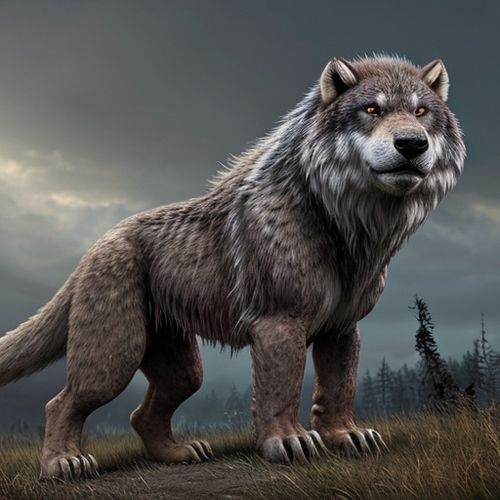
By Olivia Reed/Apr 14, 2025
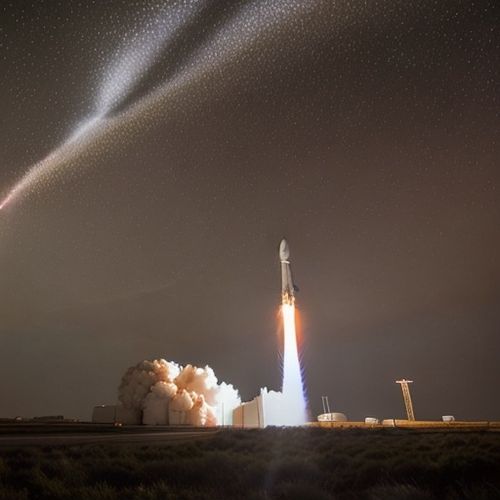
By Sophia Lewis/Apr 14, 2025

By Noah Bell/Apr 14, 2025
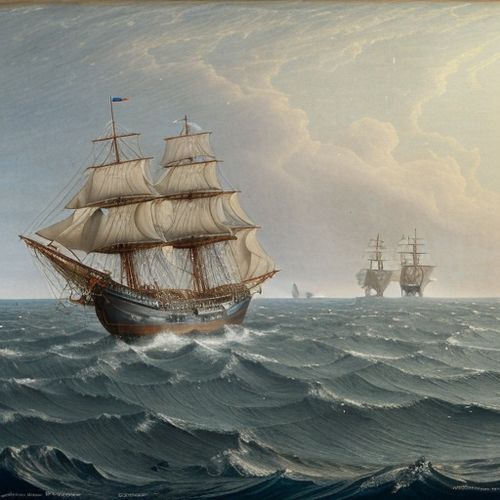
By Eric Ward/Apr 14, 2025
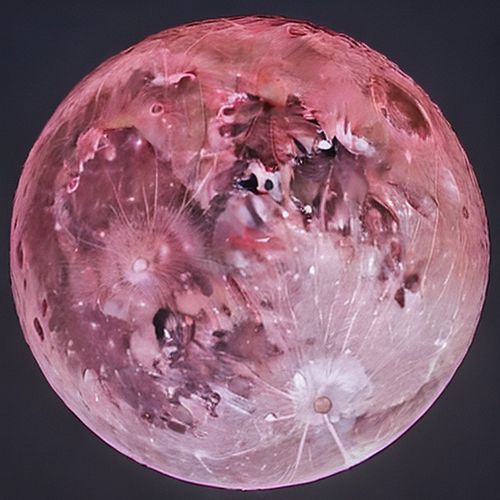
By Sophia Lewis/Apr 14, 2025
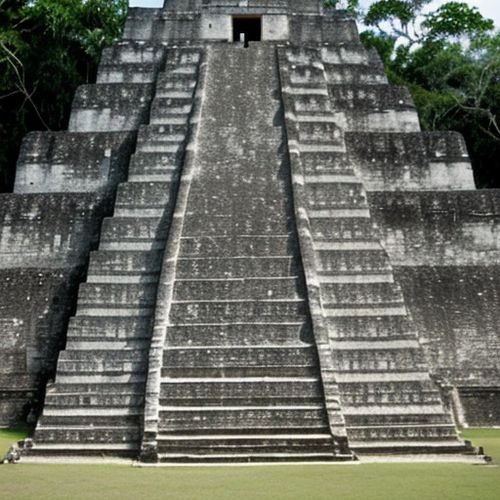
By Sarah Davis/Apr 14, 2025
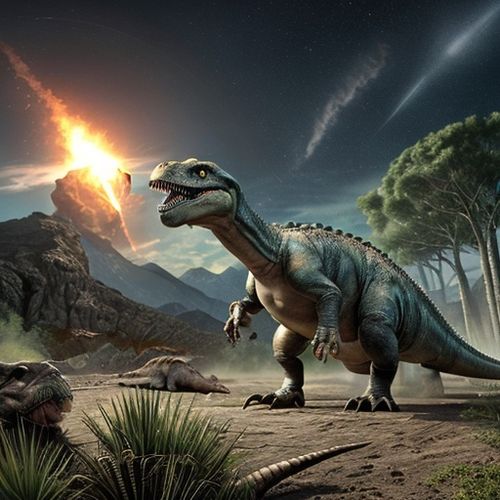
By William Miller/Apr 14, 2025
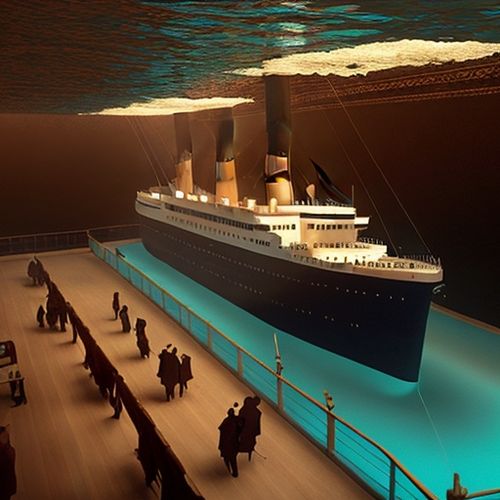
By James Moore/Apr 14, 2025
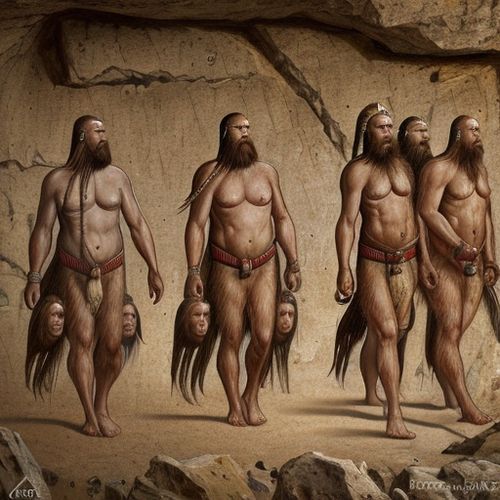
By Eric Ward/Apr 14, 2025
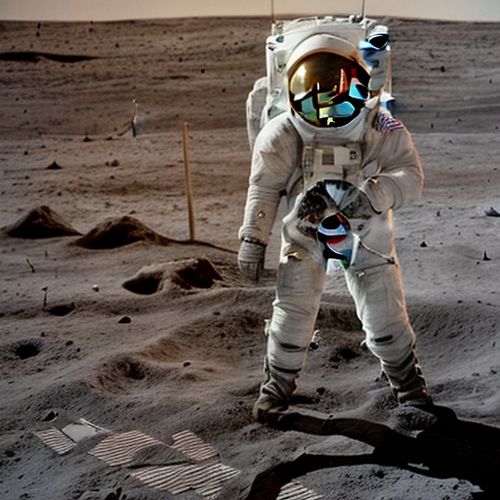
By Grace Cox/Apr 14, 2025

By Rebecca Stewart/Apr 10, 2025

By Grace Cox/Apr 10, 2025
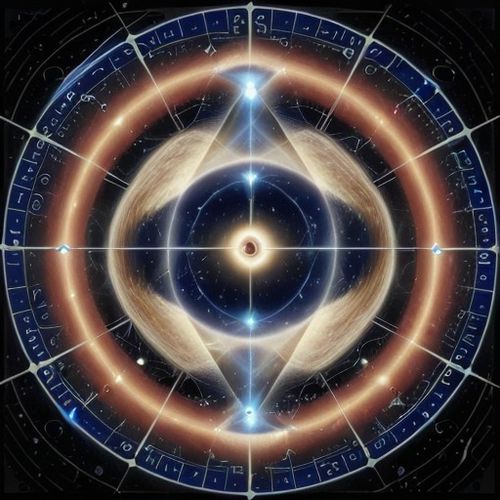
By Thomas Roberts/Apr 10, 2025

By James Moore/Apr 10, 2025
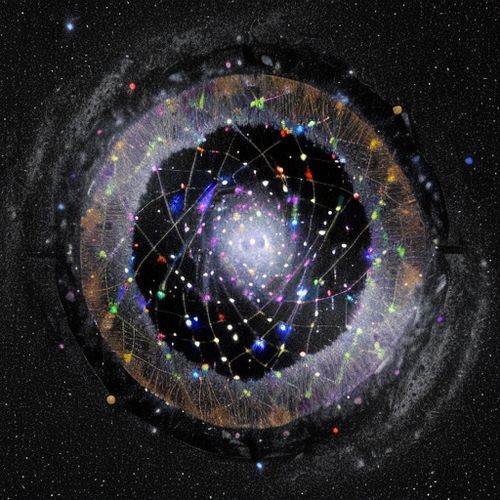
By Laura Wilson/Apr 10, 2025
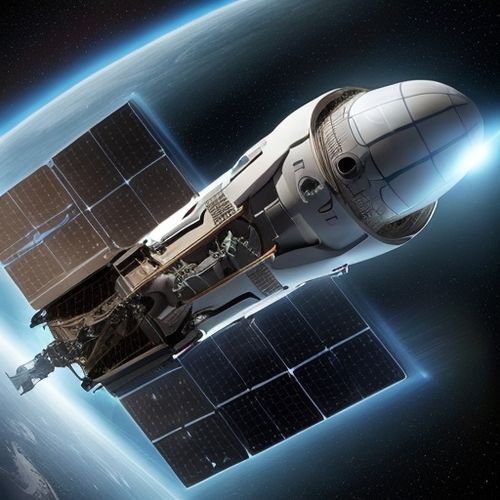
By John Smith/Apr 10, 2025

By James Moore/Apr 10, 2025

By Olivia Reed/Apr 10, 2025
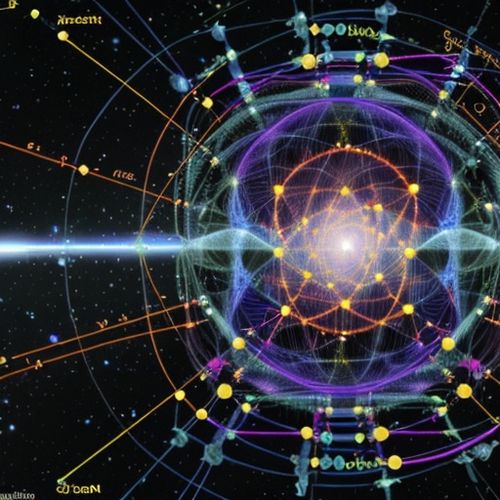
By Eric Ward/Apr 10, 2025